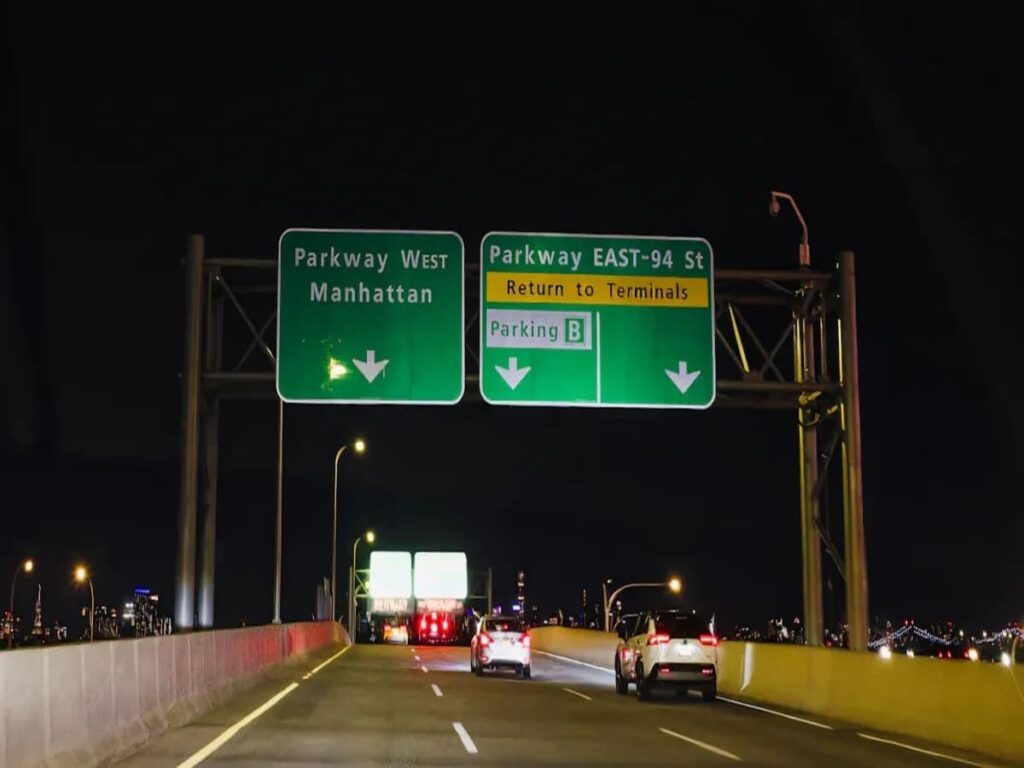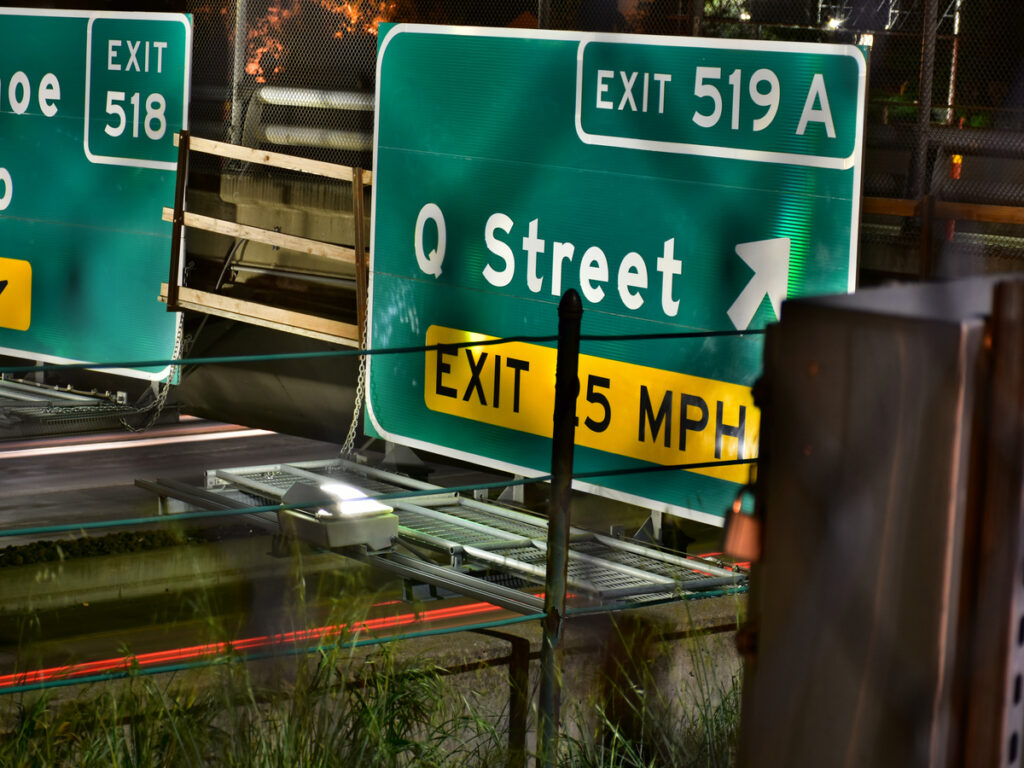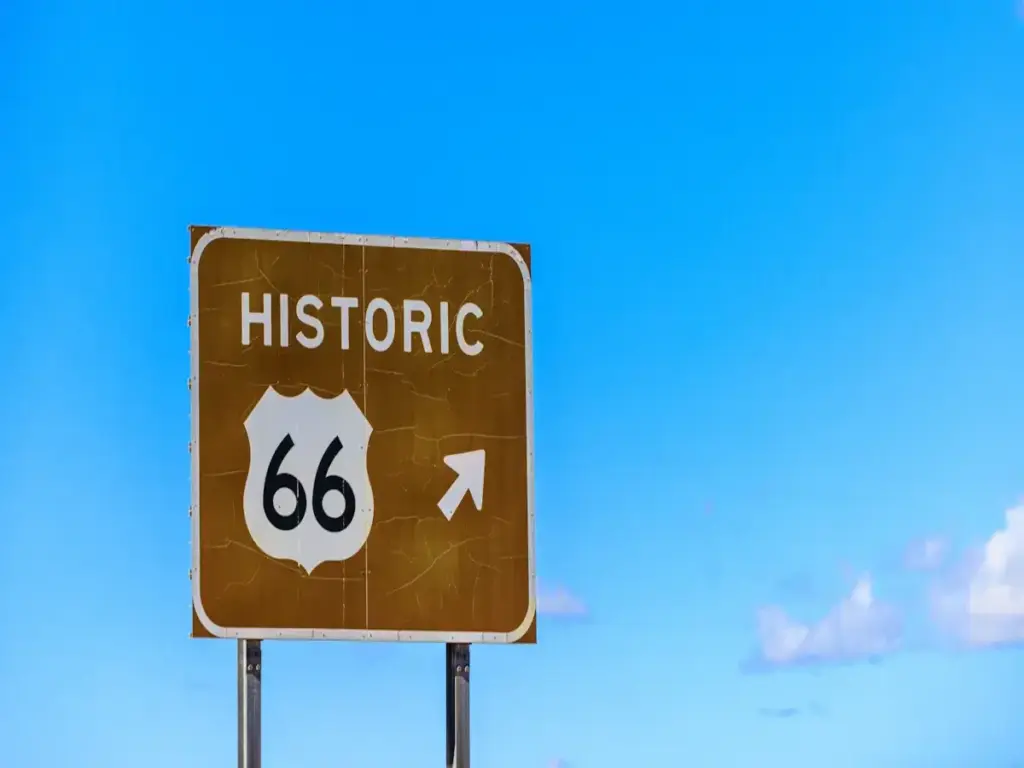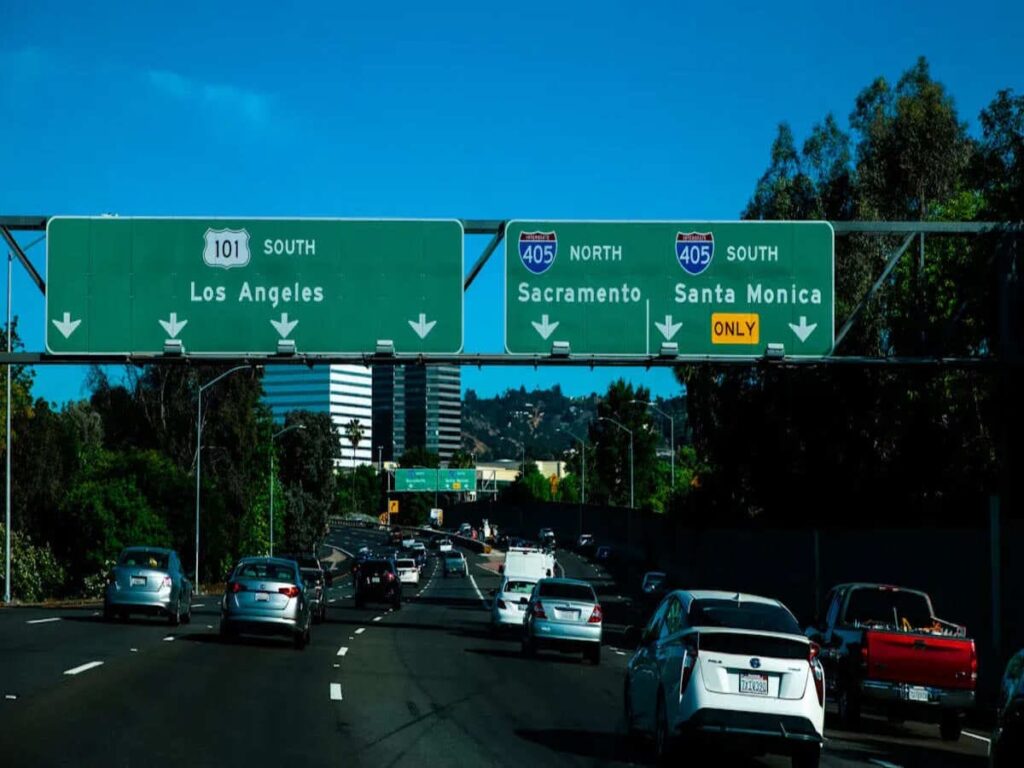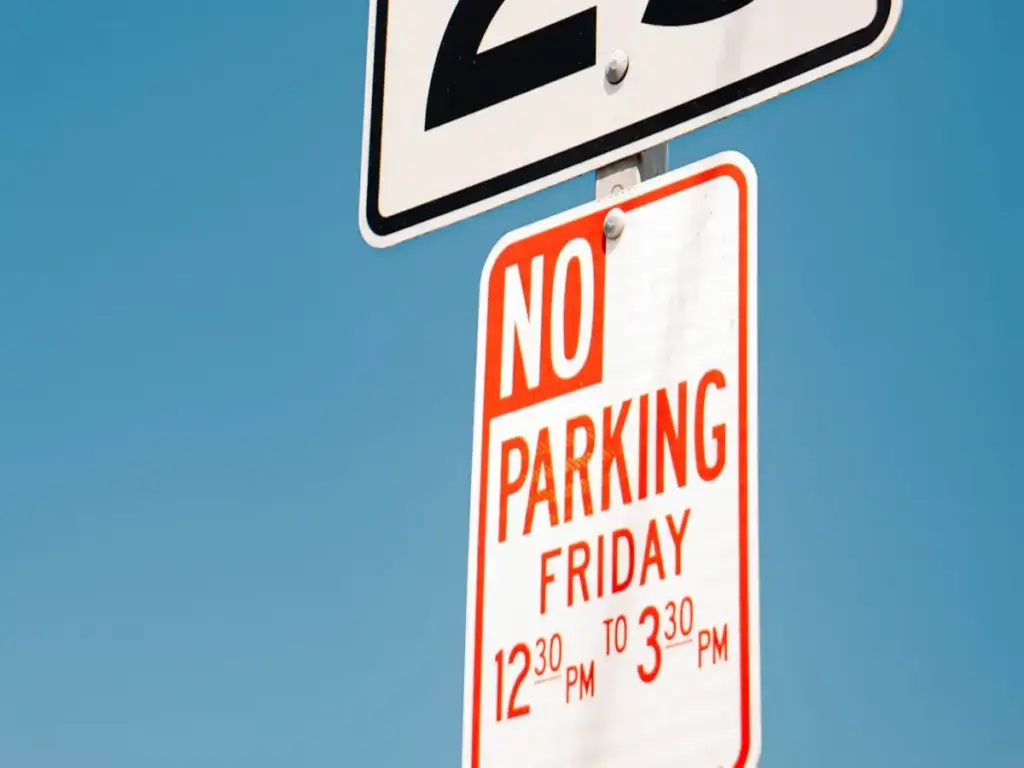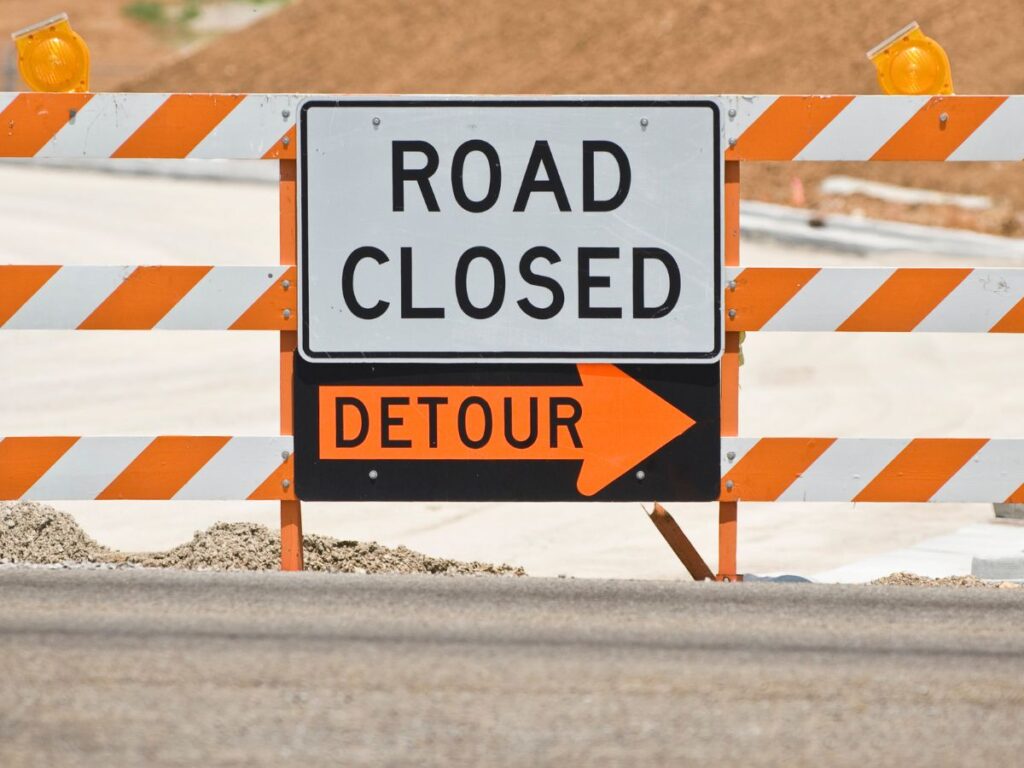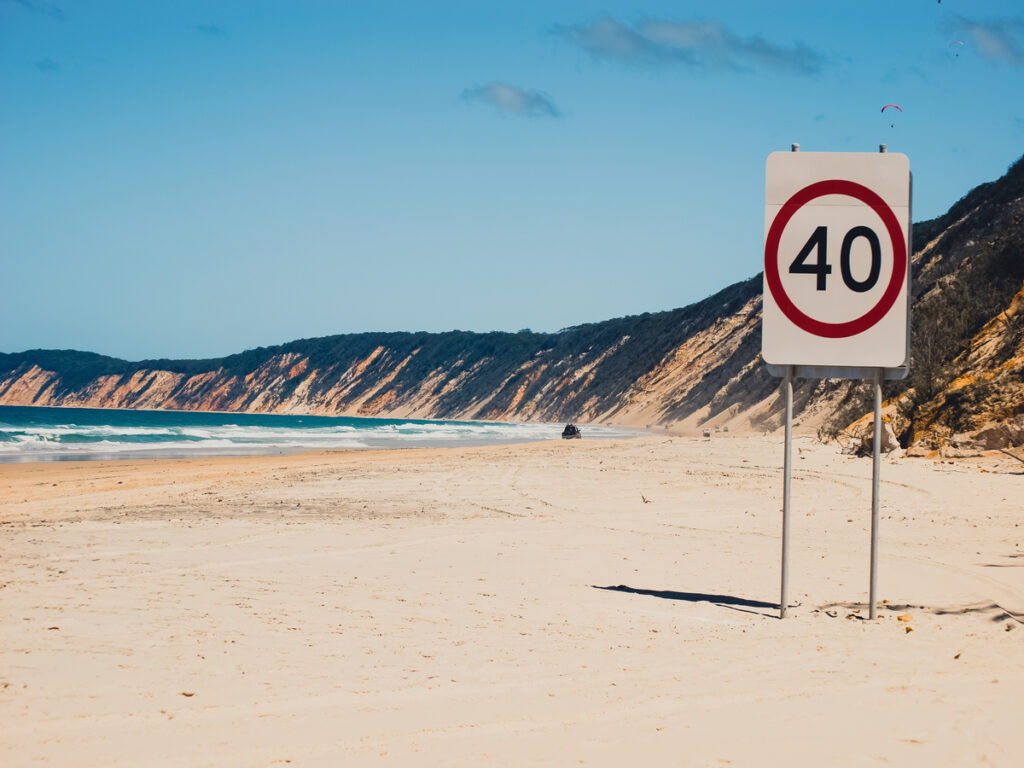
Australian standard 1742 gives clear rules for sign sizes. The right sign size helps drivers see signs fast. This helps everyone stay safe on the road. Signs that follow these rules make instructions easy to understand. This makes roads safer for all people. Authorities pick sign sizes by looking at where the sign is. They also check the speed limit for the area. Each regulatory sign must have exact measurements. This keeps roads safe and follows the law.
OPTRAFFIC manufactures regulatory and warning signs for sale that fully comply with AS 1742 and AS 1743 standards. From sign material selection to size accuracy, every sign is made to support road safety and meet legal requirements across Australia and other key markets.
Key Takeaways
- The right sign size helps drivers see rules fast. This makes roads safer for all people.
- Australian Standard AS 1742 puts signs into size codes A to D. These codes match sign size to road speed and place. This helps drivers see signs better.
- Regulatory signs have set shapes and sizes. Stop signs are octagons. Give way signs are triangles. These shapes help drivers know rules quickly.
- Sign size changes with speed zones and road type. Bigger signs are good for highways. Smaller signs work on city streets and do not make things messy.
- Following AS 1742 rules makes sure signs are legal and clear. It also makes them last longer. This helps councils keep roads safe and drivers know what to do.
Regulatory Sign Types
Legal Role
Regulatory signs play a key role in road safety and law enforcement. In Australia, these signs follow the national standard AS 1742, which guides their design, placement, and usage. States use this standard to ensure signs have legal power—like STOP signs that require all drivers to stop at intersections.
Police and traffic cameras check if drivers obey these signs. Failing to comply can result in fines or penalties. AS 1742 also sets rules for sign colours, shapes, fonts, and materials. Most signs use reflective sheeting and clear fonts like Transport or Helvetica to stay visible in low light or bad weather.
Studies show that compliant signage works—LED school zone signs improved driver speed compliance from 66% to 87% in just three months. Choosing the right size and location further increases visibility and effectiveness, helping keep roads safer for everyone.
Note: You must follow AS 1742. Only signs that meet these rules can be used by law.
Common Examples
There are many types of regulatory signs on Australian roads. Each type has its own job and look. Here are some common ones:
- Stop signs: Tell drivers to stop and give way.
- Give Way signs: Show who must yield at intersections.
- Speed limit signs: Set the maximum speed for a road.
- No Entry signs: Block access to certain areas.
- Keep Left signs: Direct traffic to stay on the correct side.
- Parking restriction signs: Control where and when vehicles can park.
The table below shows how different road signs are used in different places:
| Use Case | Recommended Frame Type |
|---|---|
| Short-term roadworks (1–2 days) | Foldable steel A-frame with corflute insert |
| Urban night roadworks | Portable aluminium frame with reflective signage |
| Major construction (3+ months) | Fixed galvanised post with breakaway base |
| Speed limit signage on highways | Installed permanent post with approved brackets |
Temporary road signs must follow AS 1742.3 for safety and to be easy to see. Permanent signs, like speed limits and direction signs, use strong materials such as aluminium or galvanised steel. Local authorities check that all signs follow the standard. Good placement, the right size, and regular checks keep regulatory signs working well and easy to see.
Regulatory Sign Size Classification
Size Codes (A, B, C, D)
Australian Standard AS 1742 uses a clear system to group road signs by size. Each group has a letter code: A, B, C, or D. These codes help people choose the right sign for each place.
- Series A: Smallest size. People use these in low-speed areas or where space is tight.
- Series B: Medium size. These work well in most city streets.
- Series C: Large size. These suit roads with higher speeds or where drivers need to see signs from far away.
- Series D: Largest size. These are for highways or places with poor visibility.
The code for each traffic sign includes the letter. For example, a speed limit sign might be called R4-1C. This means it is a speed limit sign in Series C size. Using the right code makes sure the sign matches the rules and is easy to see.
Tip: Always check the speed zone and road type before picking a size code. This helps drivers see and follow the sign.
Shape and Dimensions
Regulatory signs use set shapes and sizes. Each shape helps drivers know what kind of rule the sign gives. For example, a stop sign always has eight sides. A give way sign always looks like a triangle. Most other regulatory signs use a rectangle or square.
The table below shows some common shapes and their standard dimensions:
| Sign Type | Shape | Common Sizes (mm) |
|---|---|---|
| STOP | Octagon | 750, 900, 1200 |
| GIVE WAY | Triangle | 900, 1200 (side length) |
| SPEED LIMIT | Rectangle | 600×750, 750×900, 900×1200 |
| NO ENTRY | Square | 600×600, 750×750 |
Researchers have studied how people see and understand shapes. Their work shows that the human brain can quickly spot shapes like circles, triangles, and octagons. The brain uses special areas to process these shapes. This helps drivers react fast to road signs. Studies using brain scans show that people notice and understand shapes in less than half a second. This is why each regulatory sign uses a set shape and size. The right shape and size help drivers see the sign and know what to do.
Other studies look at how to measure the size of objects. These studies show that good measurement methods help people make safe choices. For road signs, using the right size and shape means drivers can see the sign from far away. This gives them time to react and follow the rule.
Each regulatory sign must match the standard shape and size. This keeps the roads safe and helps everyone understand the rules. To learn more about how sign dimensions are set and why they matter for compliance and visibility, read our blog: Traffic Sign Size Standards in Australia: A Complete Guide.
Standard Regulatory Sign Dimensions
Key Sign Sizes
Road signs in Australia must follow strict size rules from AS 1742. Each sign type has a code and set sizes. These sizes help drivers see and read signs quickly, even from far away. The table below lists common regulatory sign sizes, their codes, and their shapes:
| Sign Type | Code | Standard Sizes (mm) | Shape |
|---|---|---|---|
| STOP | R1-1 | 750, 900, 1200 (octagonal) | Octagon |
| GIVE WAY | R1-2 | 900, 1200 (triangle, side) | Triangle |
| SPEED LIMIT | R4-1 | 600×750, 750×900, 900×1200 | Rectangle |
| NO ENTRY | R2-4 | 600×600, 750×750 | Square |
| KEEP LEFT | R2-3 | 600×900, 750×1200 | Rectangle |
| PARKING | R5-1 | 450×600, 600×900 | Rectangle |
Note: The right size depends on the speed zone and road type. For example, a STOP sign on a busy highway is usually the biggest size. On a small street, the smallest size is often used.
You can see these sizes in many places. On a quiet street, a 750 mm STOP sign is easy to spot but does not take up much space. On a country highway, a 1200 mm STOP sign is much bigger. This helps drivers see it from far away and react in time. Speed limit signs also change size for different roads. A 600×750 mm sign is good for a 50 km/h road. A 900×1200 mm sign is better for a 100 km/h highway.
Special Cases
Some roads need special sign sizes or materials. Highways, country roads, and places with poor visibility need bigger or brighter signs. The New South Wales government changed its road signs to meet new rules. These rules make signs easier to see at night and in bad weather. The table below shows what changed:
| Aspect | Before Changes | After Changes |
|---|---|---|
| Reflectivity | Hard to see at night | Easy to see all the time |
| Message Clarity | Messages were crowded | Messages are simple and clear |
| Durability | Damaged by bad weather | Strong and lasts longer |
The new rules use better materials and clearer messages. Signs now use strong aluminium and bright reflective coatings. These changes help signs last longer and stay easy to see. The NSW government also made sure all signs use the same fonts, colours, and symbols. This helps drivers know and trust the information fast.
For example, in coastal areas, salt and wind can damage signs. Councils now use weather-resistant materials there. On country highways, bigger and brighter signs help drivers see messages in fog or rain. These updates have helped lower accidents, especially at night, by making signs easier to see and understand.
Tip: Always check the latest AS 1742 rules before picking a sign size or material. Local councils might have extra rules for school zones, pedestrian areas, or building sites.
Factors Affecting Regulatory Sign Size
Speed Zones
Speed zones play a big part in choosing the right size for regulatory signs. When vehicles move fast, drivers need more time to see and understand messages. Larger signs give drivers a better chance to read instructions early. For example, on roads with a speed limit below 60 km/h, smaller signs often work well. These areas usually have slower traffic and shorter viewing distances. On roads with speed limits between 60 and 80 km/h, medium-sized signs help drivers spot rules in time. High-speed roads, such as highways, need the largest signs. These signs improve safety by making sure drivers can react quickly.
Tip: Always match the sign size to the speed zone. This helps keep everyone safe and reduces the risk of missed instructions.
The table below shows how sign size changes with speed zones:
| Speed Zone (km/h) | Typical Sign Size (mm) |
|---|---|
| < 60 | Smallest (Series A/B) |
| 60–80 | Medium (Series C) |
| 100+ | Largest (Series D) |
Urban vs Highway
The place where a sign stands also affects its size. Urban areas often have narrow streets, lots of signs, and many people walking. Smaller signs fit better in these busy places. They still give clear messages without blocking views or taking up too much space. In cities, councils may use compact signs to avoid clutter.
Highways and rural roads need bigger signs. Vehicles travel faster, and drivers look further ahead. Large signs help drivers see rules from a distance. This supports safety by giving more time to react. Highways may also have wider lanes and more space for installation.
Note: Road signs in school zones or near crossings may use larger sizes, even in cities, to boost safety for children and pedestrians.
Choosing the right sign size for each location keeps the roads safe and easy to understand.
Specifying Regulatory Sign Sizes
Documentation
Designers and engineers must follow clear steps for sign sizes. The Australian Standard AS 1742.3:2019 has the latest rules. This standard tells how to pick the right size, shape, and material for each sign. It also explains how to put up and look after signs. The table below lists important parts of the standard:
| Section | Title/Topic | Description/Focus |
|---|---|---|
| 3.2 | Format and Size of Signs | Tells about general format, retroreflective materials, and sign sizes. |
| 3.2.3 | Sign sizes in the T Series | Lists sizing rules for all types of signs, including regulatory signs. |
| 3.5 | Signs and Devices for Regulatory Control | Explains how to control traffic with signs, signals, and temporary speed limits. |
AS 1742.3:2019 is newer than old versions. It gives the best advice for people working with road signs. People should always check this standard before starting a job.
Official papers show how to add sign size details to plans. For example, a STOP sign might be called R1-1B and be 750×750 mm. The table below gives more examples:
| Sign Category | Example Sign(s) | Size(s) (mm) | Size Designation | Notes / References |
|---|---|---|---|---|
| Regulatory Signs | STOP (R1-1A, R1-1B) | 600×600, 750×750 | AA to D | Size picked by place and need |
| Supplementary Plates | NATIONAL supplementary | 450×450, 450×80 | N/A | See AS 1742.15 |
| Hazard Markers | Unidirectional, Bidirectional | 1600×400, 450×450 | N/A | See AS 1742.2, 1742.13, 1742.7 |
Compliance
Every regulatory sign must follow the rules in AS 1742. Councils and road authorities check that signs have the right size, shape, and reflectivity. If a sign does not follow the rules, it might not be legal. This can confuse people or even cause accidents.
To follow the rules, designers should:
- Use the right sign code and size from the standard.
- Show the sign’s size and code on all plans and papers.
- Check that the sign’s letters and symbols are easy to read.
- Use approved materials and reflectivity for all signs.
Tip: Always keep the latest AS 1742.3:2019 standard nearby. This helps make sure every sign is safe and legal.
Regular checks and updates help keep road signs safe and clear. Councils may also look at signs after they are put up to make sure they still follow the rules.
Following AS 1742 for regulatory sign sizes keeps roads safe. The right sign size lets drivers see rules fast. This helps everyone stay safer on the road. Councils and designers must check the newest standards often. Experts can help with tricky situations. Checking signs often keeps them safe and legal. You can use this article to help with future projects.
FAQ
What happens if a regulatory sign does not meet AS 1742 size standards?
A sign that does not follow the rules might not be legal. Drivers could miss important messages. Councils may ask for the sign to be changed. Small or hard-to-see signs can make roads less safe.
Can councils use larger signs than the standard size?
Yes, sometimes councils put up bigger signs in busy places or near schools. Large signs help drivers see the rules better. Local rules might say bigger signs are needed to keep people safe.
Are temporary road signs required to follow AS 1742 sizes?
Temporary signs must follow AS 1742.3. This helps drivers see and understand what to do during roadworks or events. The right size keeps everyone safe.
How can someone check if a sign meets the correct size?
You can look at the sign’s code and measure its front. Then, check these with the AS 1742 tables. Most signs have their code and size written on them to help you check.

